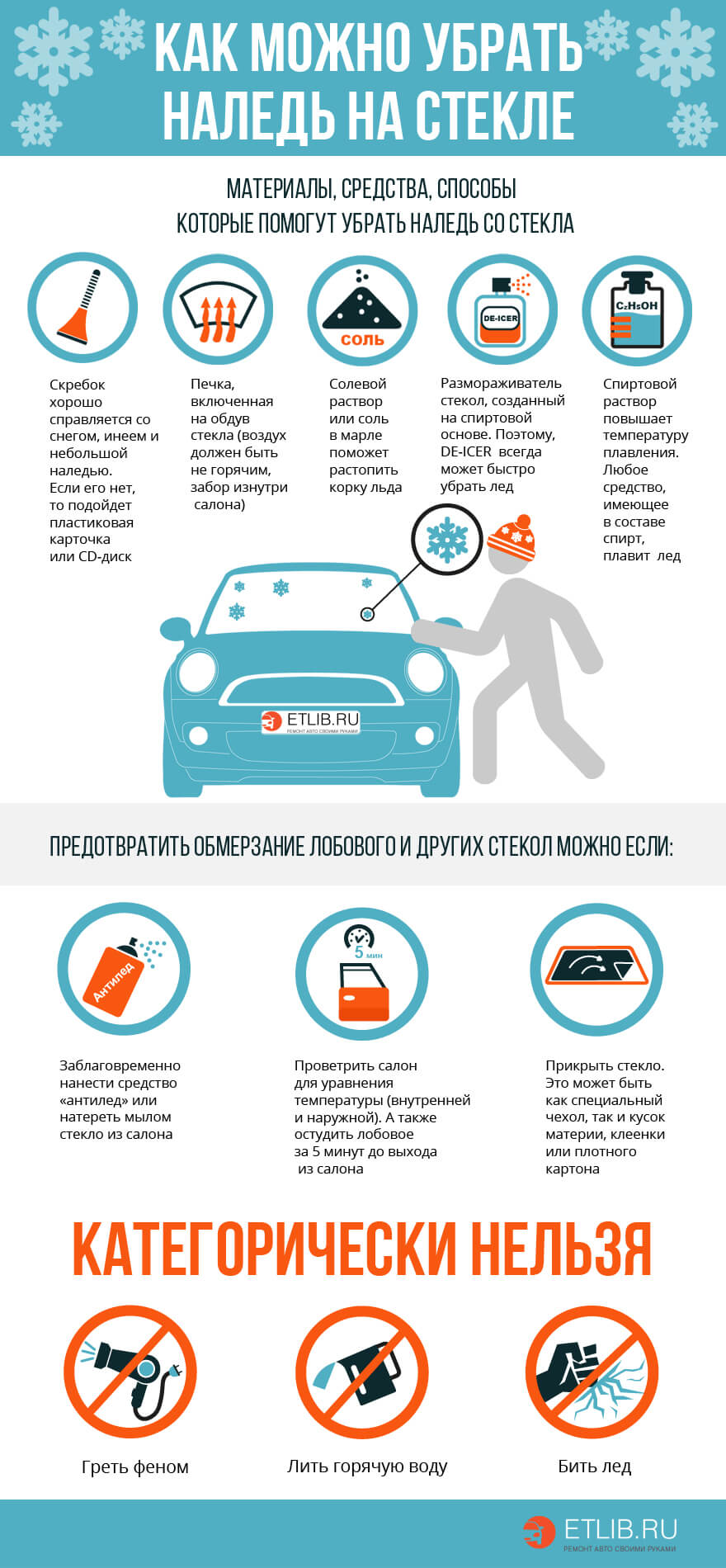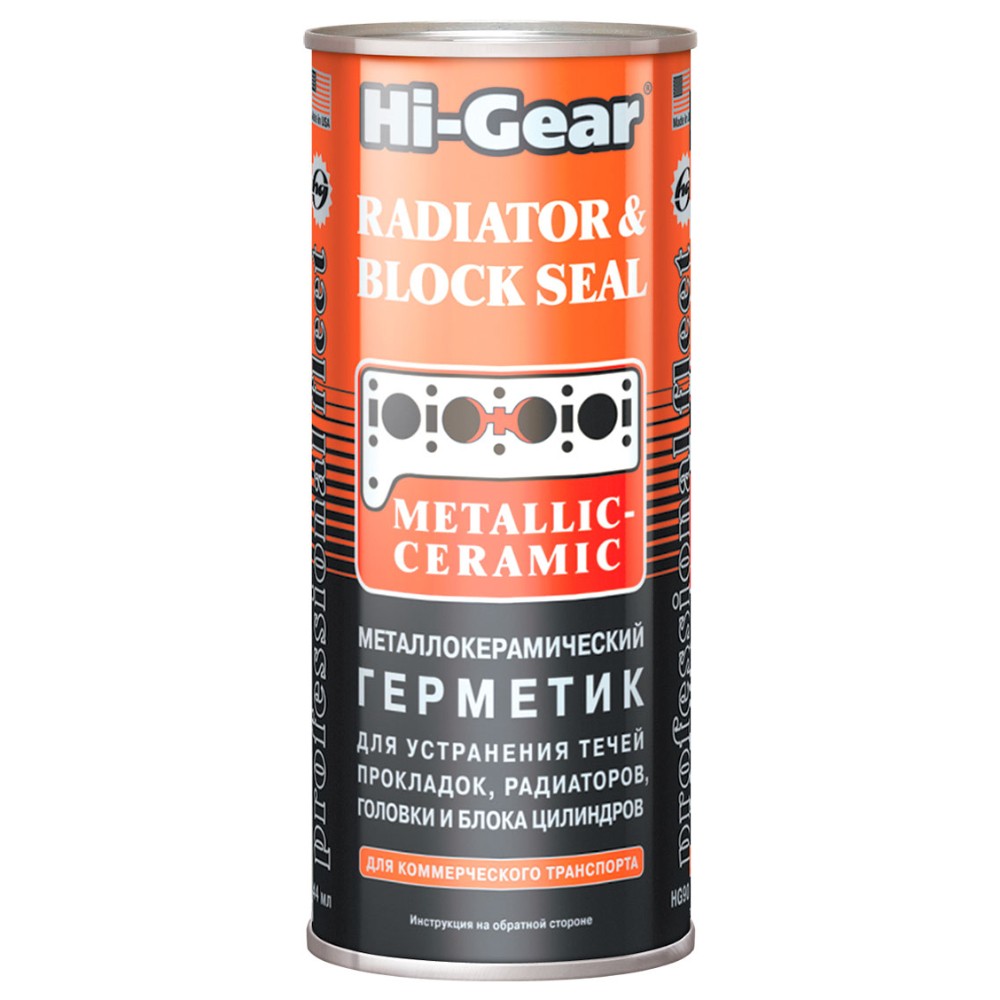
How to remove frost from car windows
Content
A sure sign that winter has arrived is that your car windows are completely covered in frost. Frost occurs on windows in the same way as dew ﹘ when the temperature of the glass drops below the ambient temperature, condensation forms on the window. If the temperature is at or below freezing during this process, frost forms instead of dew.
Frost can be thin or thick, dense or light consistency. Frozen windows are not very pleasant to deal with and can be fixed if you have the free time to deal with them properly.
Windows are time consuming to clean, and in some southern states where frost is rare, you may not have an ice scraper on hand to deal with the frost. However, there are several ways to quickly and easily remove frost without damaging your car.
Method 1 of 5: Melt the frost with warm water
Necessary materials
- Bucket
- Gloves
- Warm water
- windshield scraper
Step 1: Fill a Bucket with Warm Water. Heat the water until it is warm.
You can use a kettle to heat water, or use warm tap water.
The amount of warm water you need depends on how many windows you need to defrost.
Functions: The temperature of the water should be comfortable for the skin, but not hot.
A warning: Using very hot or boiling water may cause windows to crack or break. The extreme temperature difference between cold glass and hot water will cause rapid and uneven expansion that can crack your window.
Step 2: Spray Windows with Warm Water. Pour water over the entire surface to be cleaned.
You will notice that the white frost turns into a translucent, viscous mixture or may even melt completely.
Step 3: Remove the slush from the window. Use a gloved hand or a scraper to remove the slush from the window.
If there is still frost on your window, it will be easy to remove with a scraper. If there are stains that you missed, pour more water on them to remove them.
This method is great for temperatures at or just below freezing point.
- Attention: If the temperature is well below the freezing point, say 15 F or below, there is a high chance that the warm water you pour on your car will turn to ice elsewhere as it runs off the surface of your car. This can cause your windows to stay clear but freeze closed, your doors to freeze closed, and areas such as the trunk and hood difficult or impossible to open.
Method 2 of 5: Use de-icing fluid
Defrosters are popular products for use in colder climates. They are often used to solve small problems such as frozen door lock cylinders and frozen window frames, and are now increasingly being used to clean frozen windows.
De-icing fluid consists primarily of alcohol such as ethylene glycol and isopropyl alcohol, although isopropyl alcohol is more common because it is less toxic. De-icing fluid has a much lower freezing point than water, making it ideal for melting frost from windows.
You can buy anti-icing fluid from hardware stores or make your own by mixing three parts vinegar and one part water in a spray bottle. Alternatively, you can also mix a cup of rubbing alcohol with three drops of dishwashing detergent in a spray bottle to make a solution.
Step 1: Spray window defroster.. Spray de-icer liberally on the frozen window.
Let it "soak" or melt in the cold for about a minute.
Step 2: Remove the slush from the window. Use windshield wipers or a gloved hand to remove melting frost from the window.
If pieces remain, either spray washer fluid and wipe with windshield wiper blades, or apply de-icer to these places again.
In very cold weather, such as 0 F or colder, you may still need to use a scraper to remove some of the frost, although a de-icer spray will make this much easier and take less time.
Method 3 of 5: Scrape off the frost
When your credit or membership card expires, keep it in your wallet for emergencies or situations where you might not have a window scraper handy. You can use an old credit card as a window scraper, cleaning windows so you can drive safely. However, keep in mind that it will take some time to effectively clean a window with such a small contact surface.
Step 1: Use an old credit card. Choose a card that you rarely use. Do not use your most heavily used cards because there is a real possibility that you could damage your credit card.
Step 2. Place a credit card against the glass.. Hold the credit card lengthwise, pressing the short end against the glass.
Use your thumb to slightly bend the length of the card to give it extra rigidity. Hold the card at an angle of about 20 degrees so that you can apply pressure without bending the card.
Step 3: Scrape off the frost. Scrape the map forward by digging into the frost on your windows.
Be careful not to bend the card too much or it may break in cold temperatures. Keep clearing until you have a usable viewport.
Method 4 of 5: Use a defroster on the windshield
When it's cold outside, it takes a few minutes for your car's engine to warm up. When there is no other choice but to wait for help in combination with the above methods, use a de-icer in your vehicle.
Step 1: start the engine. Your vehicle will not produce enough heat to clean the windows if the engine is not running.
Step 2: Change heater settings to defrost.. Turn on heater settings to defrost.
This installs a mode door on the heater block to direct air through the windshield vents, blowing directly onto the inside of the windshield.
Step 3: Turn on the rear defrost grill. It's a button with similar vertical squiggly lines in a square frame.
This is an electrical network that heats up just like a light bulb. The heat generated by the electrical network will melt through the frost on the rear window of your car.
Step 4: Clean the windows. As an additional aid to the defroster, clean the windows with a scraper or credit card as outlined in the previous methods.
As the windshield warms up, it will be much easier to scratch it, and it will take much less time.
Method 5 of 5: Prevent frost on windows
Step 1: Use de-icer spray. Many de-icing sprays, such as CamCo Ice Cutter Spray, do more than just remove frost from your windows. Use a de-icer to prevent frost from building up on your window again. Just spray de-icer on the windows when you park your car and frost won't form or stick to the glass, making it much easier to remove.
Step 2: Close the windows. By closing the windows while parking, you will prevent the formation of frost on the windows. Use a blanket, towel, sheet, or piece of cardboard to cover windows while parking.
- Attention: If the weather is humid, this method is not recommended as the material can freeze to the glass very easily, making it even more difficult, not easy, to clean the windows.
Another option is a windshield snow cover like this one from Apex Automotive that covers your window and is easy to remove even in wet conditions.
Unfortunately, most people cannot avoid having to leave their cars on the street at one time or another. If you know that outside conditions ﹘ low temperatures, high humidity, approaching night ﹘ favor frost formation, you can use the frost prevention method on your windows.
